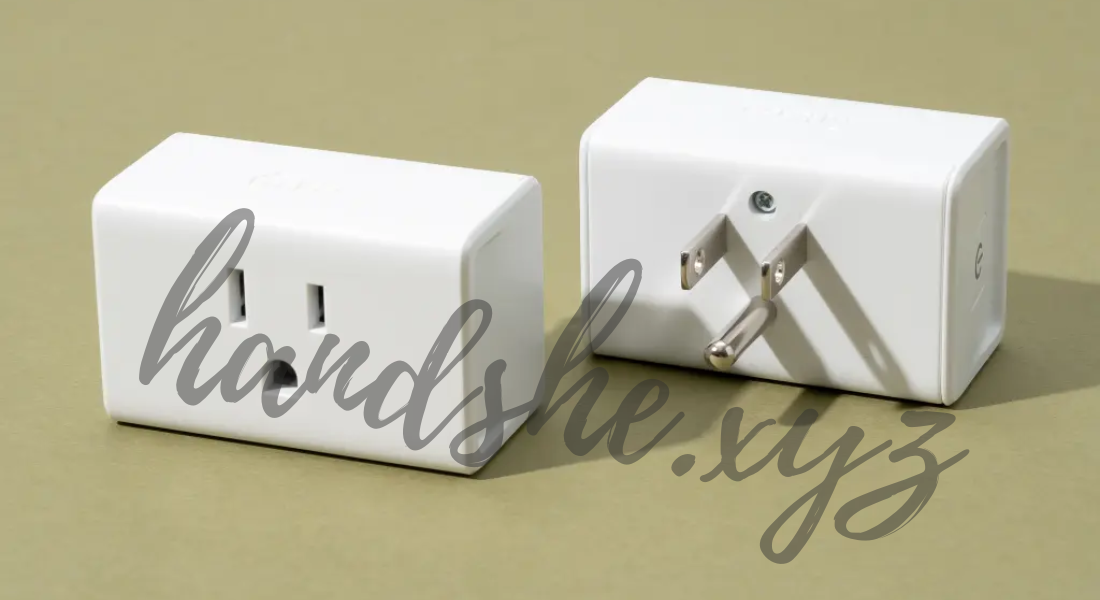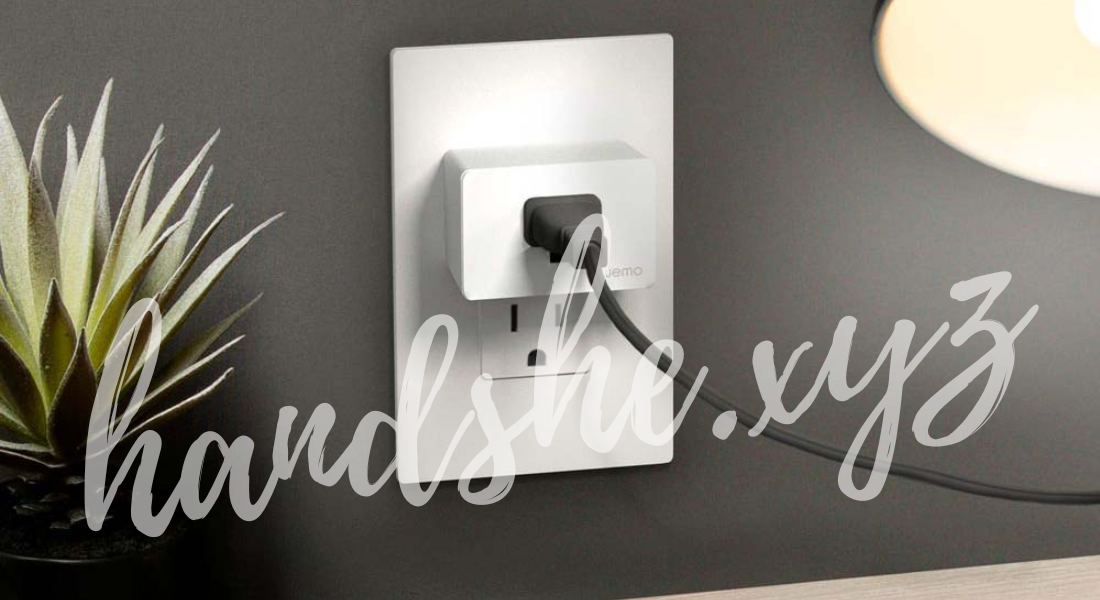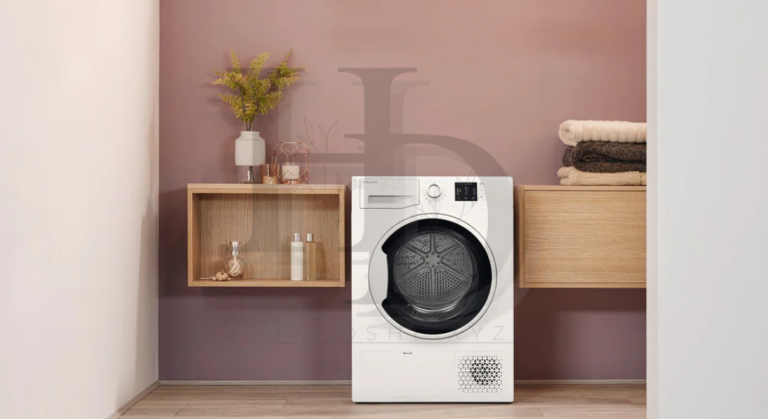
Mastering Kasa Plug Scheduling: Your Ultimate Guide to Smart Automation
Smart plugs have transformed how we interact with home devices, adding convenience, saving energy, and providing an entry point to smart home automation. Among the market’s popular options, the Kasa smart plug stands out for its user-friendly scheduling features. Kasa plug scheduling offers a powerful tool for automating daily routines, saving energy, and enhancing security. Whether you’re a beginner or a tech enthusiast, this guide will walk you through everything you need to know about Kasa plug scheduling to create an efficient, smart home environment.
What is Kasa Plug Scheduling?
Kasa plug scheduling allows users to program their smart plug to turn connected devices on or off at specific times or intervals. Through the Kasa Smart app, you can set schedules for individual plugs, tailoring device operation based on your lifestyle. This functionality is ideal for saving electricity, boosting security, and enhancing convenience.
Kasa plug scheduling is particularly beneficial for users who want to manage energy usage, reduce their carbon footprint, and cut down on energy costs. By automating devices like lamps, fans, or coffee makers, you can simplify your daily routines.
Key Benefits of Kasa Plug Scheduling
1. Energy Savings:
One of the main advantages of Kasa plug scheduling is the ability to reduce energy consumption. By scheduling non-essential devices to turn off when not in use, you can cut down on unnecessary power usage and save on electricity bills.
2. Enhanced Home Security:
A consistent schedule for lights and other devices can help make your home appear occupied when you’re away. Scheduled lighting creates the impression that someone is home, deterring potential intruders.
3. Convenience and Comfort:
Kasa plug scheduling makes daily routines more convenient. Program your coffee maker to turn on in the morning or your fan to shut off after you go to bed, making your life easier and more comfortable.
4. Increased Device Longevity:
When devices only operate during specific times, they experience less wear and tear, potentially extending their lifespan. With proper scheduling, Kasa plugs can contribute to the longevity of your devices by avoiding constant usage.
Setting Up Kasa Plug Scheduling
Getting started with Kasa plug scheduling is simple. Follow these steps:
1. Install and Set Up the Kasa Smart App
- Download the Kasa Smart app on your smartphone.
- Follow the on-screen instructions to create a Kasa account.
- Link your Kasa smart plug to your Wi-Fi network by following the setup guide within the app.
2. Access the Scheduling Feature
- Open the app, select your Kasa plug, and navigate to the “Schedule” section. This area allows you to create and manage all schedules for the selected plug.
3. Create a New Schedule
- Tap the “+” icon to create a new schedule.
- Select the days and times for the plug to turn on or off. This flexibility allows you to create daily, weekly, or custom schedules that suit your needs.
4. Save and Test
- Save your schedule and ensure it’s working as intended. Observe the plug over a day to confirm that it follows the set schedule accurately.
Best Practices for Effective Kasa Plug Scheduling
1. Set Schedules Based on Your Daily Routine
Tailoring your schedules to your habits maximizes the benefits of Kasa plug scheduling. For instance, if you work from home, program your desk light to turn on at the start of your day and turn off after work hours.
2. Consider Seasonal Adjustments
As seasons change, you might need to adjust your Kasa plug schedules. For example, setting lamps to turn on earlier during the winter when it gets dark sooner can enhance comfort and security.
3. Use the Away Mode for Added Security
Kasa smart plugs include an “Away” mode, which mimics human activity by turning lights on and off randomly. This feature adds an extra layer of security when you’re on vacation, making your home appear occupied.
4. Monitor Your Usage and Adjust
Periodically review your scheduling patterns and adjust as needed. If certain devices aren’t being used as expected, modify their schedules to prevent unnecessary power consumption.

Advanced Scheduling Tips
1. Integrate Kasa Scheduling with Voice Assistants
Kasa plugs work with Amazon Alexa, Google Assistant, and other voice assistants. You can enable hands-free control by integrating voice commands with Kasa scheduling. For example, use Alexa to activate a preset schedule by saying, “Alexa, turn on the evening lights.”
2. Group Your Kasa Plugs for Simultaneous Scheduling
In the Kasa Smart app, you can group multiple plugs together. This feature allows you to create schedules for multiple devices simultaneously, making it easier to automate multiple lights or appliances at once.
3. Set Schedules to Optimize Energy During Peak Hours
If you have variable electricity rates, avoid running energy-intensive devices during peak hours. Set Kasa plug schedules to power down certain devices during high-cost periods to save on your electricity bill.
4. Experiment with Customization Options
Kasa scheduling offers customization to suit various routines. Experiment with different schedules and find what works best for your lifestyle.
Troubleshooting Common Issues with Kasa Plug Scheduling
1. Kasa Plug Not Following the Schedule
Check your Wi-Fi connection, as a stable network is essential for Kasa scheduling to function properly. Reconnect the plug to your Wi-Fi if necessary.
2. Time Zone Mismatch
Ensure the Kasa app’s time zone settings align with your location. Incorrect time zones can lead to scheduling errors.
3. Update the App and Firmware
Keeping the app and your Kasa plug firmware updated prevents glitches and ensures smooth scheduling operations.
Kasa Plug Scheduling Use Cases
1. Morning Routine Automation
Schedule your coffee maker, lights, and bathroom heater to turn on at the start of your day, creating a comfortable morning routine.
2. Evening Wind-Down Routine
Use Kasa plug scheduling to turn off non-essential devices like your TV or kitchen lights at bedtime. Scheduling creates a relaxing wind-down routine that signals it’s time to sleep.
3. Vacation Security Setup
Use Away Mode to create a “lived-in” look when you’re out of town. This feature can turn lights on and off randomly, enhancing your home’s security.
Maximizing Energy Savings with Kasa Plug Scheduling
One of the most compelling reasons to use Kasa plug scheduling is the potential for energy savings. The flexibility of Kasa plugs means that you can schedule devices to only operate when necessary, avoiding waste. Here’s how to maximize savings:
- Use LED Lights with Smart Plugs: Schedule energy-efficient LED lights with your Kasa plug for the best balance of brightness and low energy consumption.
- Schedule Non-Essential Devices to Power Down: Devices like space heaters or air purifiers can drain energy if left on all day. Set them to turn off after a few hours or when you’re not home.
Final Thoughts on Kasa Plug Scheduling
Kasa plug scheduling is an invaluable tool in the realm of smart home technology. By leveraging the scheduling features, you can create a seamless routine that not only adds convenience but also helps reduce energy consumption and adds a layer of security. Whether you’re new to smart devices or a seasoned user, mastering Kasa plug scheduling will elevate your smart home experience and contribute to a more efficient, comfortable lifestyle.



